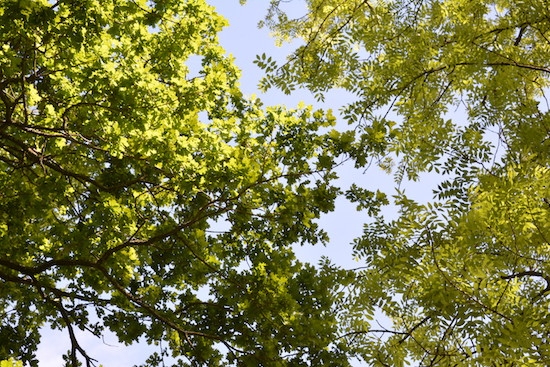The Parks Trust are currently facing some serious challenges from Ash Dieback, the fungal disease killing Ash trees.
This disease which has already swept across Northern Europe and other parts of the UK is now present across Milton Keynes in the mature woodlands and the city’s younger tree plantations managed by The Parks Trust.
There is no cure or viable treatment to combat this disease, some trees will be tolerant, but based on evidence from Europe only 1-2% of trees are proven to have this tolerance.
As the disease takes hold it starts to kill the trees, they quickly become unstable, are prone to collapse and can shatter in their brittle state.
Due to the volume of Ash trees found in Milton Keynes, (5% of the tree volume generally but rising to 65% of the upper canopy in Linford Wood), The Parks Trust is having to take action to start removing some of the trees before the disease fully takes hold. The Trust has identified priority sites for undertaking the removal work based on where the disease is present, and where trees have the potential to cause serious health and safety issues, as these trees are often located close to roads, paths and property.
Follow Total MK on Facebook: here and twitter here for breaking news in Milton Keynes
Opeations director Rob Riekie said; “We have followed advice from the Forestry Commission and Tree Council to help us develop our plans for managing Ash Die Back. This is a devastating disease for Ash trees, and we are putting a number of plans in place to help manage it”.
The Parks Trust will this week resume removing Ash trees in affected areas across the city (including along the Queen Eleanor Street in the Stony Stratford/Galley Hill area). They will try to protect any healthy Ash trees as well as replacing some of the trees that have been removed with alternative species during the winter months. The Parks Trust believe that alternative species such as Lime, Hornbeam, Holm Oak, Yew and Field Maple have a long-term future in Milton Keynes.
The work will be carried out by the trust's landscaping team and strict working practices and safe environments, allowing social distancing, are being created to allow them to do so. They will continue to monitor the spread of the disease and follow advice from the National Forestry Authority in helping to further develop their plans to effectively manage this disease.
















